Imagine walking into your home, where the lights adjust to your mood, the time of day, or even the activity you're engaging in. This isn't a scene from a futuristic movie; it's the reality of smart lighting, a technology that has revolutionized the way we live. In this guide, we'll explore how to master smart lighting to create an environment that not only saves energy but also enhances your quality of life.
What is Smart Lighting?
Smart lighting refers to a system of light fixtures that you can control remotely through an app, voice commands, or automation. It's like having a magic wand, but instead of casting spells, you're adjusting brightness, color, and timing with the swipe of a finger or the sound of your voice.
Benefits of Smart Lighting
The beauty of smart lighting lies in its versatility. It can set the mood for a romantic dinner, brighten your workspace, or gently wake you up in the morning. But it's not just about ambiance; smart lighting can also bolster your home's security and save on energy bills.
Choosing the Right Smart Lights
Navigating the sea of smart lights can be overwhelming. Start with identifying your needs: Do you want color-changing capabilities, or is dimmable white light enough? Your choice will shape your smart lighting journey.
Setting Up Your Smart Lighting System
Setting up your system is easier than you might think. Most smart lights use a hub connected to your home's Wi-Fi network, creating a bridge between your lights and your control device, be it a smartphone or a smart speaker.
Creating Ambiance with Color Temperature
Color temperature isn't just a fancy term; it's a way to describe how warm or cool the light appears. Playing with color temperature can transform a room from a cozy sanctuary to a focused workspace.
Scheduling and Automation
Imagine your lights knowing your schedule better than you do. With smart lighting, you can automate your lights to turn on or off based on time, occupancy, or even the sunset and sunrise.
Voice Control and Integration
Voice control takes convenience to a new level. Integrating your smart lighting with voice assistants allows you to control your lights without lifting a finger, making you feel like a tech wizard.
Smart Lighting for Security
Smart lights can be a part of your home security arsenal. Set your lights to mimic your presence when you're away, or integrate them with security cameras to light up if unexpected motion is detected.
Energy Efficiency and Savings
Smart lighting is not just smart for your lifestyle but also for your wallet and the planet. LED smart bulbs consume less energy and last longer, translating to savings and reduced environmental impact.
Troubleshooting Common Issues
Even the smartest systems have their off days. We'll cover common issues, from connectivity problems to app glitches, and how to resolve them.
Future Trends in Smart Lighting
The future of smart lighting shines bright, with advancements in technology making lights more intuitive and even capable of health monitoring.
How to Expand Your Smart Lighting Setup
Once you start, you'll want to expand. We'll explore how to grow your smart lighting setup seamlessly, adding layers of convenience and ambiance.
Smart Lighting and Health
Light affects our circadian rhythms and overall health. Smart lighting can mimic natural light patterns, promoting better sleep and well-being.
Creative Uses of Smart Lighting
Beyond functionality, smart lighting can be a canvas for creativity. From art installations to thematic parties, the possibilities are endless.
Conclusion
Smart lighting is more than a technological advancement; it's a lifestyle enhancement. By mastering smart lighting, you can create a home that not only saves energy but also adapts to your needs, mood, and activities. Welcome to the future of living.
FAQs
What is the best way to start with smart lighting?
Start small with a few bulbs or a starter kit. Experiment with different settings to see what works best for you.
Can smart lighting really save money?
Yes, by using energy-efficient LEDs and automating lights to turn off when not needed, you can significantly reduce energy consumption and costs.
Do I need a hub for smart lighting?
It depends on the system. Some lights work over Wi-Fi without a hub, while others require a hub for connectivity and advanced features.
Can smart lighting work with my existing home assistant?
Most smart lighting systems are compatible with popular home assistants like Amazon Alexa, Google Assistant, and Apple HomeKit.
How do smart lights affect sleep?
Smart lights can be programmed to mimic natural sunlight patterns, reducing blue light exposure in the evening to help you wind down and prepare for sleep.
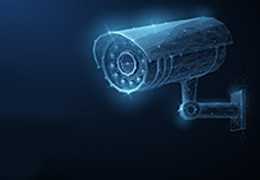 Beyond Convenience: How Smart Devices Can Enhance Home Security03/28/2024Posted in: GuideRead more
Beyond Convenience: How Smart Devices Can Enhance Home Security03/28/2024Posted in: GuideRead more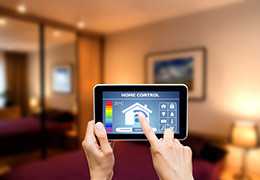 The Ultimate Smart Home Starter Kit: Must-Haves for Beginners (Affordability Edition)03/28/2024Posted in: GuideRead more
The Ultimate Smart Home Starter Kit: Must-Haves for Beginners (Affordability Edition)03/28/2024Posted in: GuideRead more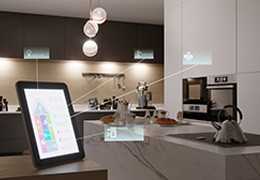 Illuminate Your Life: Home Lighting Automation Explained03/28/2024Posted in: Smart HomeRead more
Illuminate Your Life: Home Lighting Automation Explained03/28/2024Posted in: Smart HomeRead more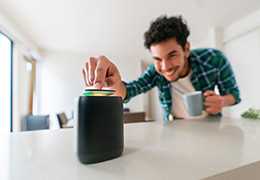
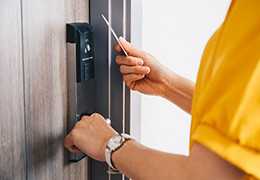 Enhance Your Home Security with a Smart Lock: The Ultimate Guide03/28/2024Posted in: Smart HomeRead more
Enhance Your Home Security with a Smart Lock: The Ultimate Guide03/28/2024Posted in: Smart HomeRead more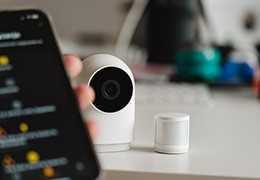
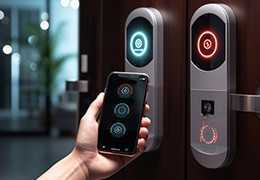 The Ultimate Guide to Home Automation Hubs02/12/2024Posted in: Smart HomeHome automation...Read more
The Ultimate Guide to Home Automation Hubs02/12/2024Posted in: Smart HomeHome automation...Read more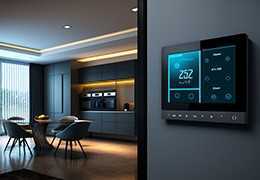 Enhance Your Security: Smart Home Solutions02/12/2024Posted in: Smart HomeIn today's...Read more
Enhance Your Security: Smart Home Solutions02/12/2024Posted in: Smart HomeIn today's...Read more Smart Light Compatibility: Ensuring Seamless Integration02/12/2024Posted in: Smart LightingIn the realm of...Read more
Smart Light Compatibility: Ensuring Seamless Integration02/12/2024Posted in: Smart LightingIn the realm of...Read more
 Beyond Convenience: How Smart Devices Can Enhance Home Security03/28/2024Posted in: GuideSmart home...Read more
Beyond Convenience: How Smart Devices Can Enhance Home Security03/28/2024Posted in: GuideSmart home...Read more The Ultimate Smart Home Starter Kit: Must-Haves for Beginners (Affordability Edition)03/28/2024Posted in: GuideTurn your home...Read more
The Ultimate Smart Home Starter Kit: Must-Haves for Beginners (Affordability Edition)03/28/2024Posted in: GuideTurn your home...Read more Illuminate Your Life: Home Lighting Automation Explained03/28/2024Posted in: Smart HomeThis guide...Read more
Illuminate Your Life: Home Lighting Automation Explained03/28/2024Posted in: Smart HomeThis guide...Read more
 Enhance Your Home Security with a Smart Lock: The Ultimate Guide03/28/2024Posted in: Smart HomeThis guide...Read more
Enhance Your Home Security with a Smart Lock: The Ultimate Guide03/28/2024Posted in: Smart HomeThis guide...Read more

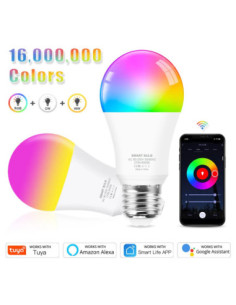
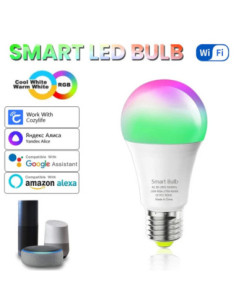
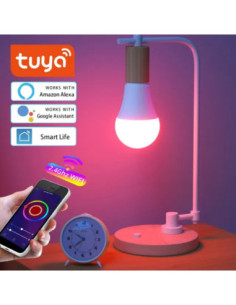
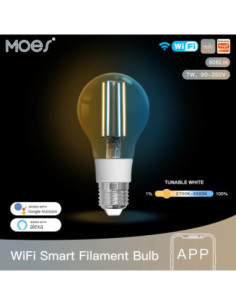
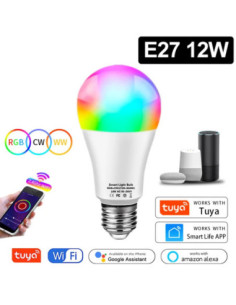




Leave a comment